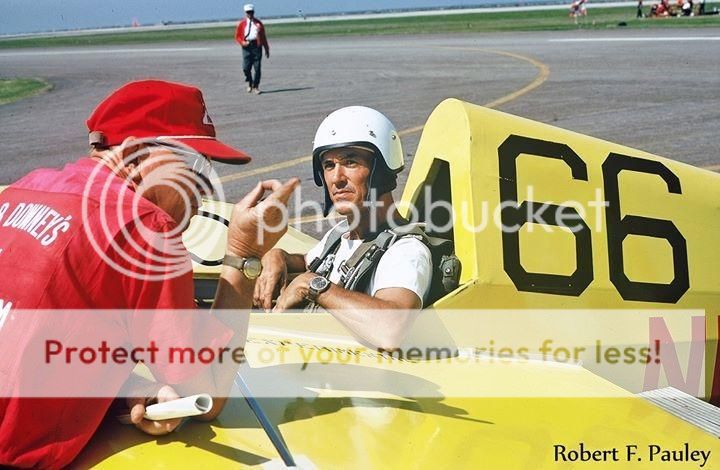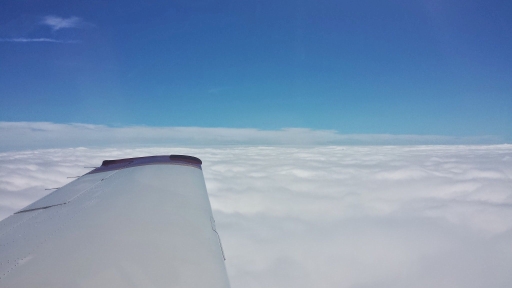MAKG1
Touchdown! Greaser!
- Joined
- Jun 19, 2012
- Messages
- 13,411
- Location
- California central coast
- Display Name
Display name:
MAKG
Basically, you're getting WAY ahead of your expertise. Flying seems real easy at first; heck I was turning the airplane to headings in my second lesson. Then, when you gain a little experience, you figure out it wasn't very good.
I also never had any problem under the hood for private pilot training. In instrument training, I experienced minor disorientation several times, and once became convinced I had my nose in the air when I was actually level, while missing an approach at 200 AGL. That may sound minor, but a little more could very easily have made a hole in the ground. Even the minor disorientation can grow, especially on a precision approach, so it has to be taken quite seriously.
There are some lessons that really have to be learned by experience. That's why we have instructors.
I also never had any problem under the hood for private pilot training. In instrument training, I experienced minor disorientation several times, and once became convinced I had my nose in the air when I was actually level, while missing an approach at 200 AGL. That may sound minor, but a little more could very easily have made a hole in the ground. Even the minor disorientation can grow, especially on a precision approach, so it has to be taken quite seriously.
There are some lessons that really have to be learned by experience. That's why we have instructors.


 , It took 38 posts for someone to say that what the OP is suggesting is not legal... That being said I think he needs to get his PPL, fly a while then revisit his question after a year or two...
, It took 38 posts for someone to say that what the OP is suggesting is not legal... That being said I think he needs to get his PPL, fly a while then revisit his question after a year or two...


